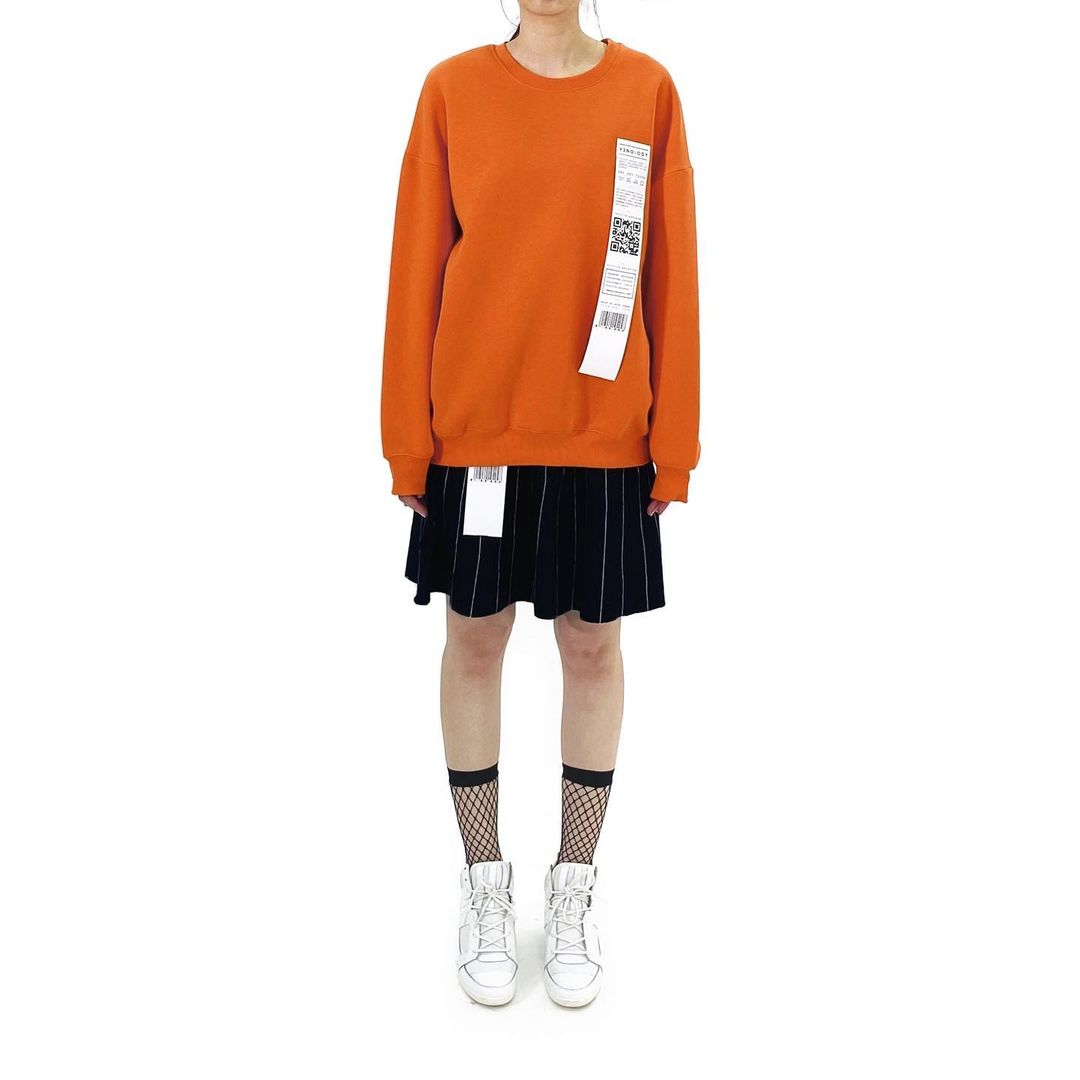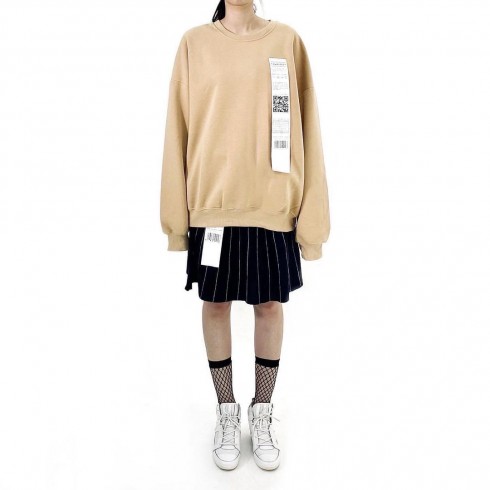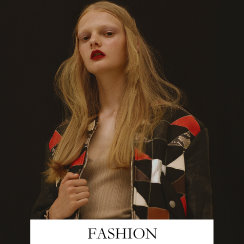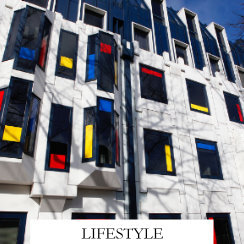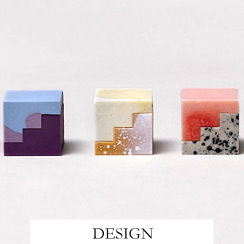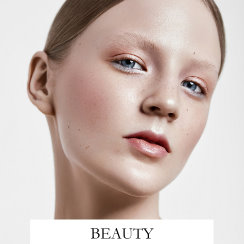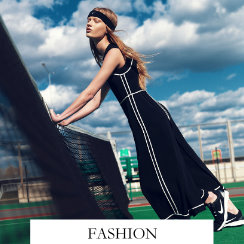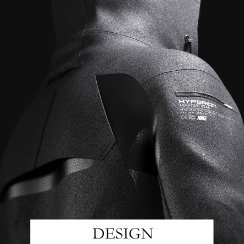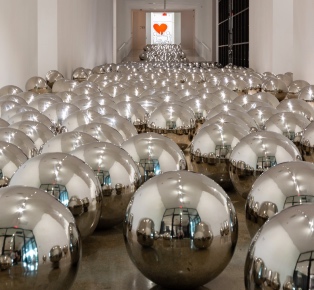Yayoi Kusama's work recently installed at the center of their one-year-old Annabelle Selldorf–designed building. Today, experts are arguably best known for her Infinity Mirror Rooms—dazzling light-filled interiors that have become Instagram fixtures and guaranteed visitor magnets. “You have 30 seconds or two minutes to get the whole experience,” Rubell - a cofounder of Miami’s Rubell Museum says of those spaces. That—as Rubell emphasizes—is what makes this Narcissus Garden display so unlike other more famous Kusamas. There’s no wait time or limit to entry, thanks to its open nature and the fact that multiple paths weave throughout its course. What’s more, as opposed to being cordoned off in a corner of a museum, Narcissus Garden is in the Rubell Museum’s main artery—a central branching off point from which multiple galleries begin.
The version of Narcissus Garden that is now installed at the Rubell Museum is constructed out of 700 stainless steel orbs. “It’s amazing how Kusama can transform something so industrial and minimal and give it this organic life feel,” Roselione-Valadez muses at one point. “They appear almost to be moving and growing, but are clearly all metal.” When the first version of the piece was presented at the 1966 Venice Biennale, it had a decidedly different look, thanks to the fact that the balls were fashioned out of plastic. They were also each available to purchase for just a few dollars thanks to Kusama, who at the time was hardly a household name.
Today though, in the 21st century and in the year 2020 specifically, the work takes on an added sense of resonance. “You can see a different perspective of yourself and become very introspective,” Rubell notes. “What does it mean to look at yourself in 700 images? We’re a time of isolation, and whether we like it or not, we’ve been more with ourselves recently than ever before. This work mirrors that experience.”
Narcissus Garden, however, brings with it a greater sense of agency. Although Kusama still controls where and how her works are shown (she was, in case you’re wondering, pleased with this installation), Roselione-Valadez and his team got to determine the exact nature and direction of the paths. And as Rubell points out, where viewers are concerned, there’s not a high barrier to entry. “You don’t need to know art history; you can just engage with it.”
Photo: Courtesy of the Rubell Museum | Post on 17 January, 2021

